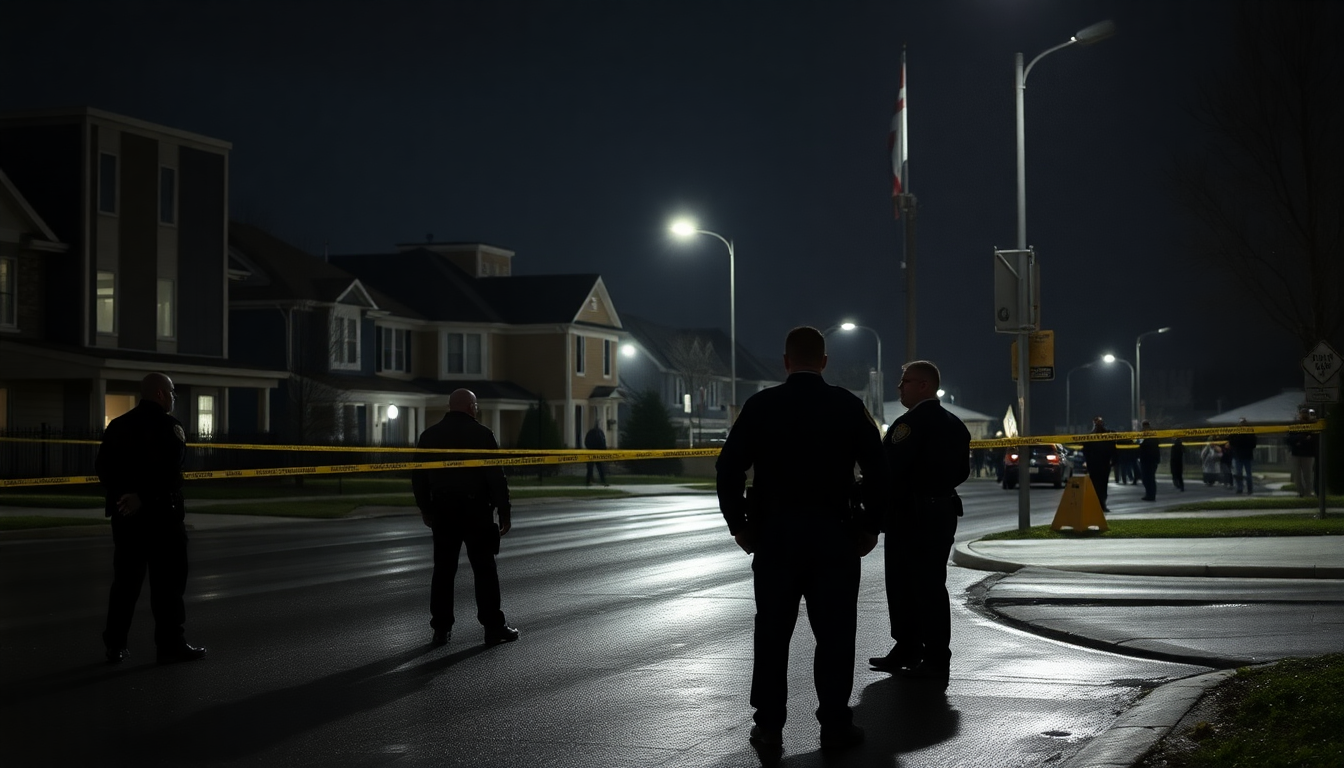Table of Contents
The recent fatal shooting in Dundas, Ontario, has ignited a major investigation by Hamilton police, bringing to light the urgent issues of urban crime and community safety. This tragic incident, which took the life of 25-year-old Zachary Shuman, raises important questions about how effective law enforcement is and what safety measures are truly in place in our cities.
As communities come to terms with the fallout from such violence, it’s crucial to delve into not just the specifics of this case, but also the broader landscape of crime trends in urban areas.
The Incident: An Overview
Imagine a typical Sunday evening suddenly disrupted—this was the reality for Dundas residents shortly after 5:00 p.m.
when multiple 911 calls reported gunfire near 77 Governors Road. When police arrived, they found Shuman unresponsive, and sadly, he was pronounced dead at the scene. Nearby, authorities discovered a grey Dodge Ram registered to the victim, adding layers to this already complex situation.
Witnesses and initial investigations revealed that a blue Ford Edge was seen speeding away from the area right after the shooting. With this vehicle still missing, police are reaching out to the public for help. This situation underscores how vital community involvement is when it comes to tackling crime; sometimes, a single tip or a piece of video footage can make all the difference.
The Role of Community in Crime Prevention
In response to this incident, police have stressed the importance of public awareness. They’ve urged residents who were in the area between 4:45 p.m. and 5:10 p.m. to check their CCTV or dashcam footage for anything out of the ordinary.
This call to action highlights a growing understanding that community engagement is crucial in the battle against urban crime. The more eyes and ears we have on the lookout, the better our chances of not just solving crimes, but also preventing them in the first place.
Communities can take proactive steps, such as setting up neighborhood watch programs or using social media to share information. These initiatives help build a sense of unity and responsibility among residents, which can act as a deterrent to criminal activity and enhance overall safety. By partnering with law enforcement, residents can help bridge the gap between police and the community, fostering a more responsive and effective approach to crime prevention.
Analyzing the Broader Trends in Urban Crime
While this incident serves as a stark reminder of the challenges urban areas face, it also opens the door for a broader examination of crime trends across Canadian cities. Understanding the root causes of crime—like socio-economic factors—can help shape better policies and preventive measures. Historical data often shows that crime rates fluctuate in line with economic downturns or social instability.
As we look ahead, it’s important not only to consider the immediate impacts of incidents like the one in Dundas but also to think about long-term strategies that can enhance community safety. This means investing in social programs, mental health resources, and educational opportunities that tackle the root causes of crime, rather than merely responding to its effects.
Ultimately, collaboration between law enforcement, community members, and local organizations will be essential in creating a safer environment for everyone. By fostering open communication and a shared sense of responsibility, urban areas can not only rebound from incidents of violence but also build resilience against future challenges.





